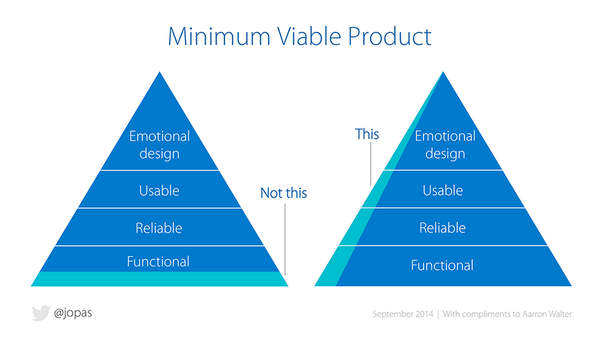Video Version
Text Version
Total Reading Time: 4 minutes.
I want to go through three ways to grow your startup. I was first introduced to this idea in the book The Lean Startup by Eric Ries.
Now this isn’t something completely revolutionary, but it’s a fundamental and essential strategy all entrepreneurs, solopreneurs and anyone in business definitely needs to be reminded of.
1. Grow by Selling to Current Customers
The first method that The Lean Startup talks about is known as the sticky engine. The sticky engine is when you take the existing customers that you already have and sell them more. You increase the lifetime value of each individual customer.
The reason I really like the sticky engine is that most people overlook this stage. Most people just think about new ways to attract new customers, but they don’t take care of the customers that they already have.
This is a really easy way to drive more dollars to the bottom line and grow your startup. You can do this by introducing a new feature, by bringing in a new product to sell to the existing customers, or even taking them up the ladder.
You know you have a core offering by upselling them into a higher level luxury level offer because there’s a lot of money sitting on the table often times.
2. Grow Your Startup Organically
Secondly, is the viral engine. The viral engine is really interesting because it’s basically organic. It falls under the umbrella of content marketing.
It involves taking the people that you already have and making them brand ambassadors. It’s making them share your stuff, your content your videos, your products, your software, or your services out in the world for you for free.
You do this by incentivizing them, but you mainly do it by making them super happy so you can combine the sticky engine with the viral engine. At the end of the day, if your customers are happy, they’re going to spread the word for you. Below are examples from Headway Capital to make your customers happy:

All you have to do is give them an incentive and then it takes off like wildfire.
Now the problem with this engine is that you can’t really build a thriving business off of just this alone. You’ll need a more reliable method where you control the knobs and levers. And that is the paid engine.
3. Grow Your Startup with Paid Advertisement
When you really crack the code to the paid engine, you have a real business. Often times we wait years to really crack the code to the paid engine, which is essentially paid advertising to drive new customers to come in. It can take a bit of engineering to crack the code.
You need to spend less (expenses) than what you’re making (revenues) to be profitable, right?
If you can make more money per customer than you spend to acquire that customer, you have a business. You’ve cracked the code. The more you can spend and outspend all of your competitors on marketing and on paid advertising, the more your company can grow.
This is a bit counterintuitive, but it’s actually brilliant because your goal should be to spend as much money as possible to acquire customers.
That means that your revenues are going to continually scale and increase over time.
Conclusion
It’s a very simple formula, but it’s hard to crack. And once you crack it, you have yourself a thriving business. So, in my opinion, focus first on identifying if you can actually apply a paid advertising formula to your business.
Then as a bonus, add in the content marketing — that viral engine. And of course, the low hanging fruit, the thing that you should focus on more than anything is the customers you already have.
Make those people happy. Turn them into raving fans. Make them brand ambassadors. There’s no way your startup will not succeed over time if you can nail all three of these engines.
##
Photo credit: Grow — CC license













 VS
VS 





